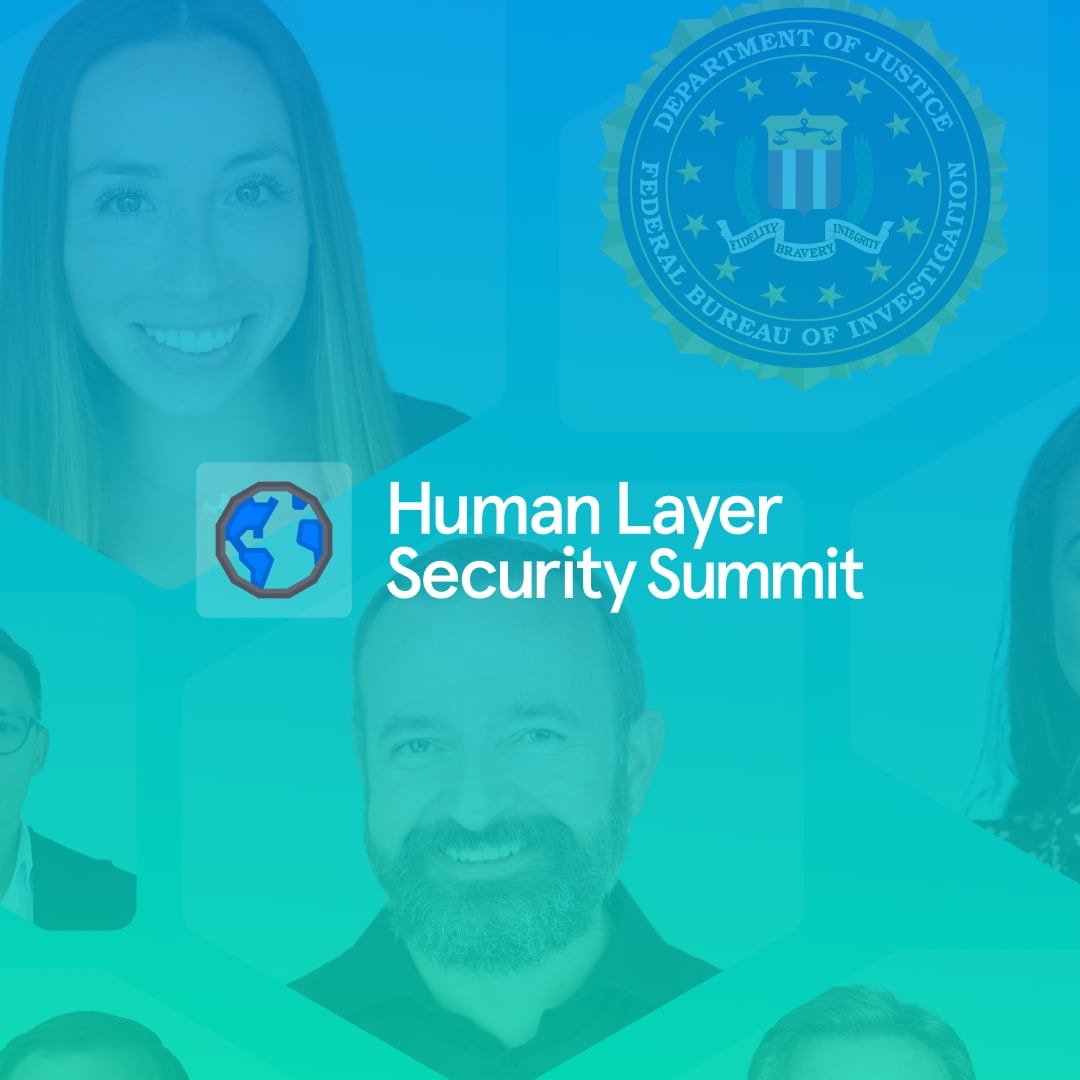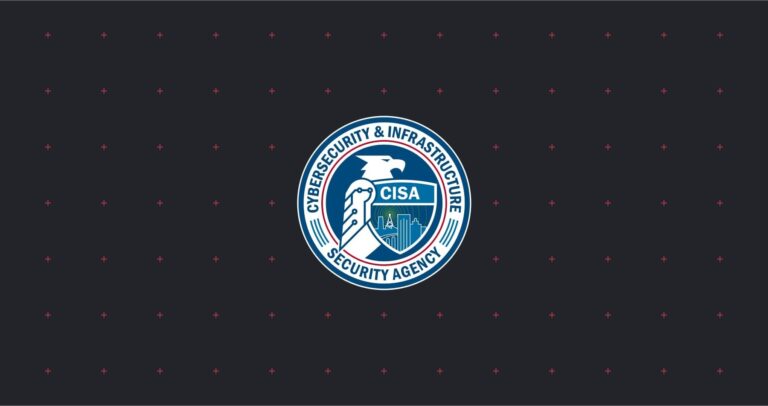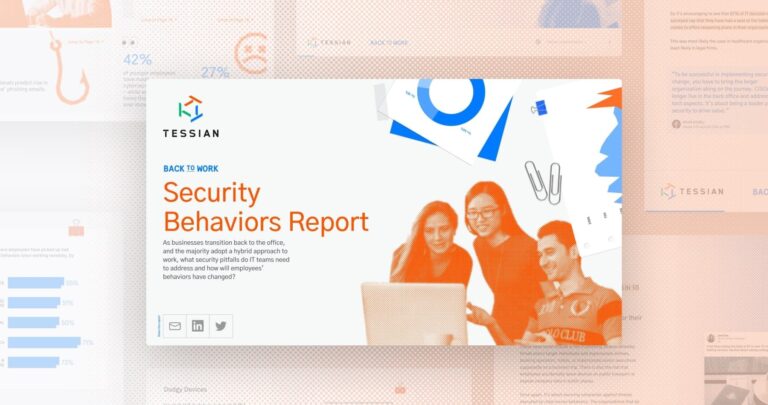As a part of our ongoing efforts to help security professionals around the world manage their new remote workforces, we’ve been holding virtual panel discussions and roundtables with ethical hackers and security and compliance leaders from some of the world’s leading institutions to discuss cybersecurity best practice while working from home.
Our panelists and speakers have included David Kennedy, Co-Founder and Chief Hacking Officer at TrustedSec, Jenna Franklin, Managing Counsel, Privacy & Data at Santander, Stacey Champagne, Head of Insider Threat at Blackstone, Ben Sadeghipour, Head of Hacker Education at HackerOne, Chris Turek, CIO at Evercore, Jon Washburn, CISO at Stoel Rives, Peter Keenan, CISO at Lazard, Gil Danieli, Director of Information security at Stroock, and Justin Daniels, General Counsel at Baker Donelson
We’ve compiled some of the key takeaways to help IT, privacy, and security professionals and employees stay secure wherever they’re working.
How to defend against data exfiltration (outbound threats)
- Exercise strict control over your VPN. Whether it’s disabling split tunneling on your VPN or limiting local admin access, it’s absolutely vital that you minimize lateral movements within your network. This will not only help prevent insider threats from stealing data, but it will also prevent hackers from moving quickly from one device to another.
- Block downloads of software and applications. This is one of the easiest ways to minimize the attack vectors within your network. By preventing downloads by individual users, you’ll be able to exercise more control over the software and applications your employees use. This way, only vetted tools and solutions will be available for use.
- Secure your cloud services. As workforces around the world are suddenly remote, cloud services are more important than ever. But, it’s important to ensure the infrastructure is configured properly in order to reduce risk. We recommend limiting access whenever possible (without impeding productivity) and creating policies around how to safely share documents externally.
- Create a system for onboarding and offboarding employees. Both negligent and malicious incidents of data exfiltration are on the rise. To prevent new starters or bad leavers from mishandling your data, make sure you create and communicate new policies for onboarding and offboarding employees. In order to be truly effective, this will need to be a joint effort between HR, IT and security teams.
- Update security awareness training. Again, remote-working brings with it a host of new security challenges. Give your employees the best chance of preventing data loss by updating your security awareness training.
Bonus: Check your cybersecurity insurance. Organizations are now especially vulnerable to cyber attacks. While preventative measures like the above should be in place, if you have cybersecurity insurance, now is the time to review your policy to ensure you’re covered across both new and pre-existing threat vectors.
Our panelist cited two key points to review:
- If you are allowing employees to use personal devices for anything work-related, check whether personal devices are included in your insurance policy.
- Verify whether or not your policy places a cap on scams and social engineering attacks and scrutinize the language around both terms. In some instances, there may be different caps placed on these different types of attacks which means your policy may not be as comprehensive as you might have thought. For example, under your policy, what would a phishing attack fall under?
“Note: Rules and regulations will depend on which country or state you live in, so ensure you’re relying on information from the right source.”
Looking for more advice around remote-working and the new world of work?
We’ve created a hub with curated content around remote working security which we’ll be updating regularly with more helpful guides and tips.














